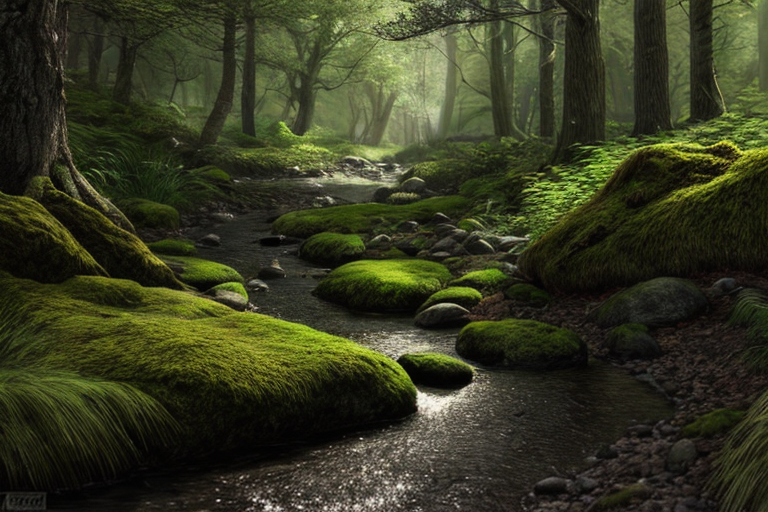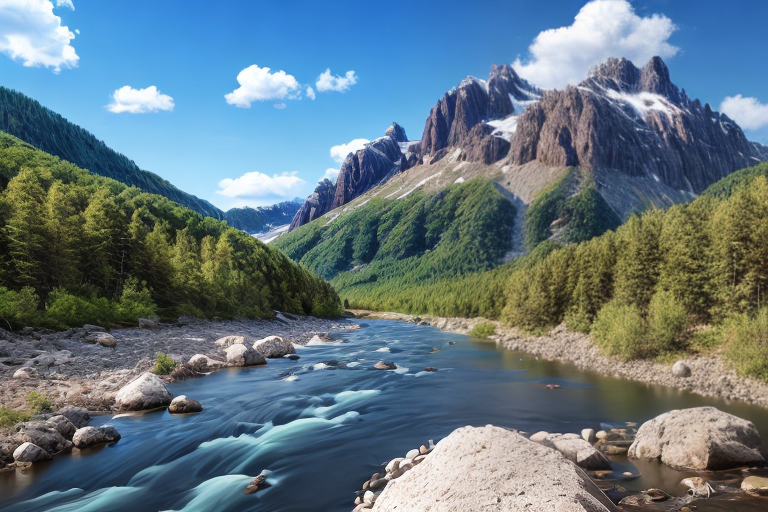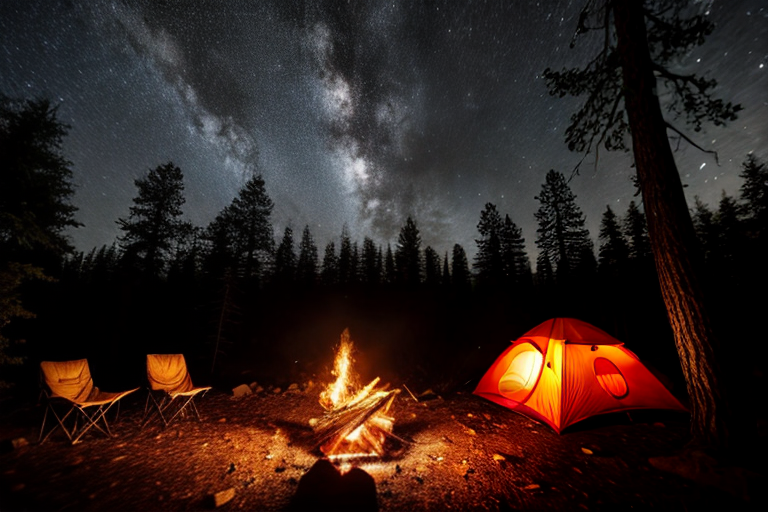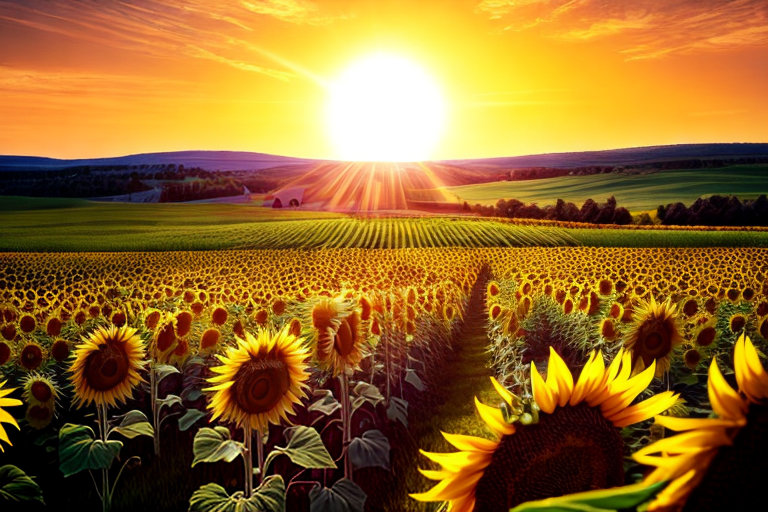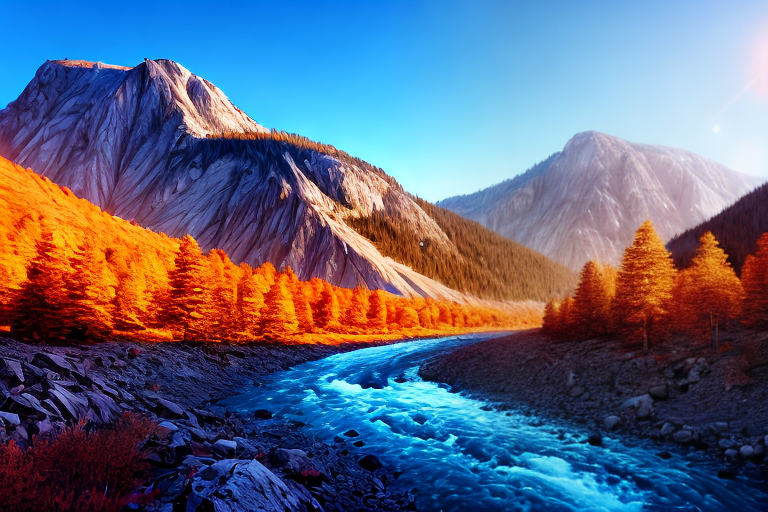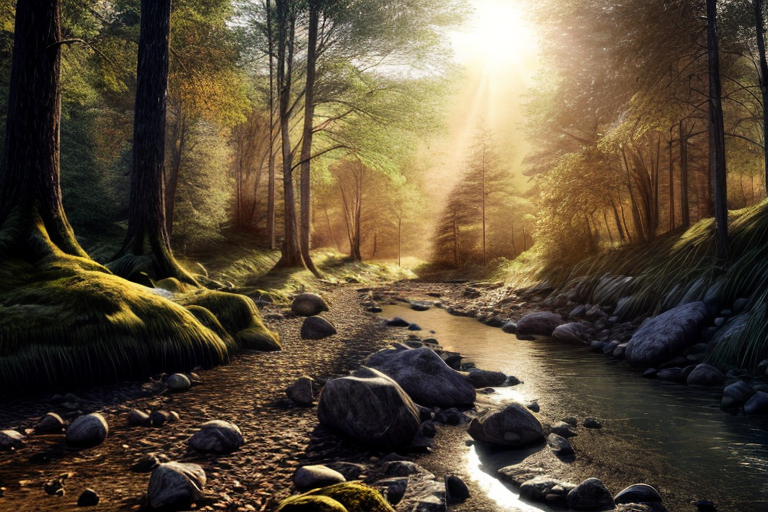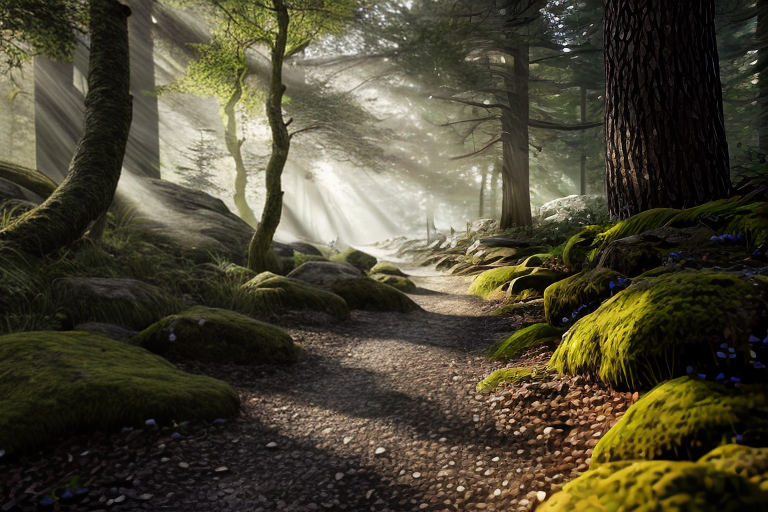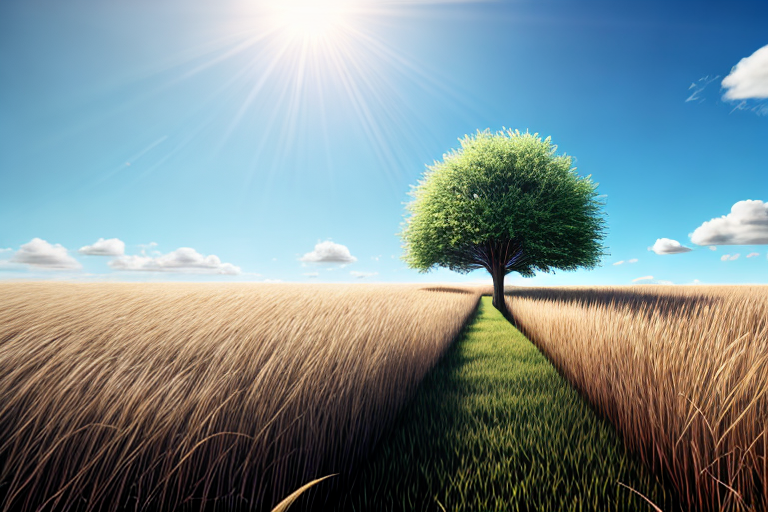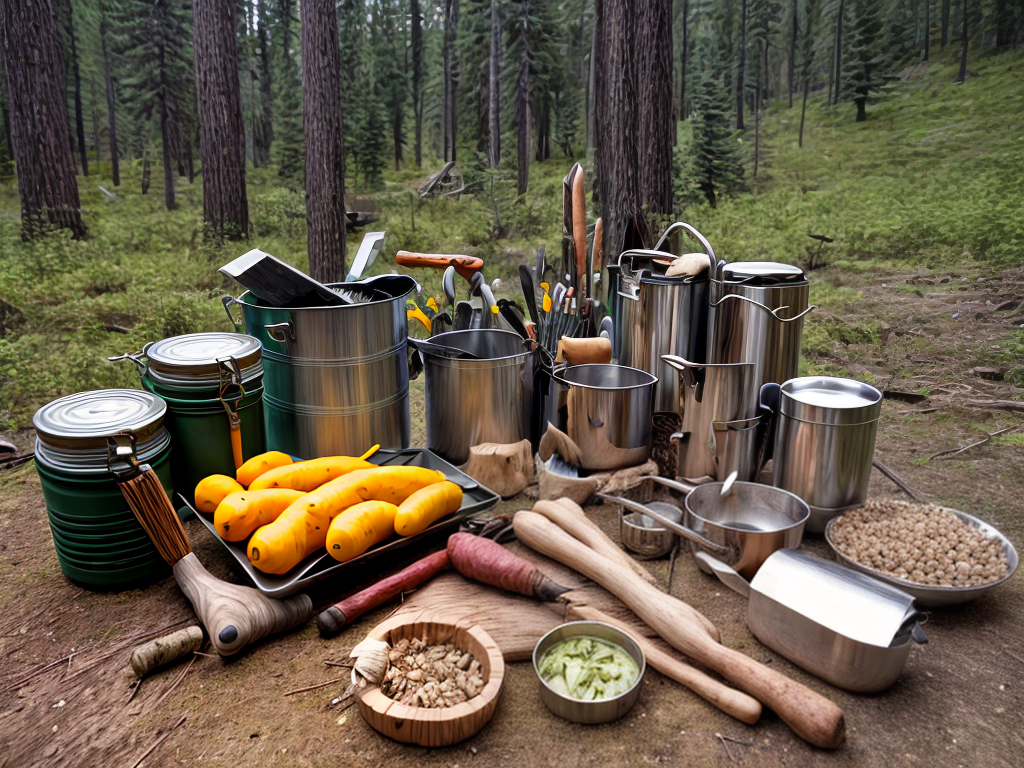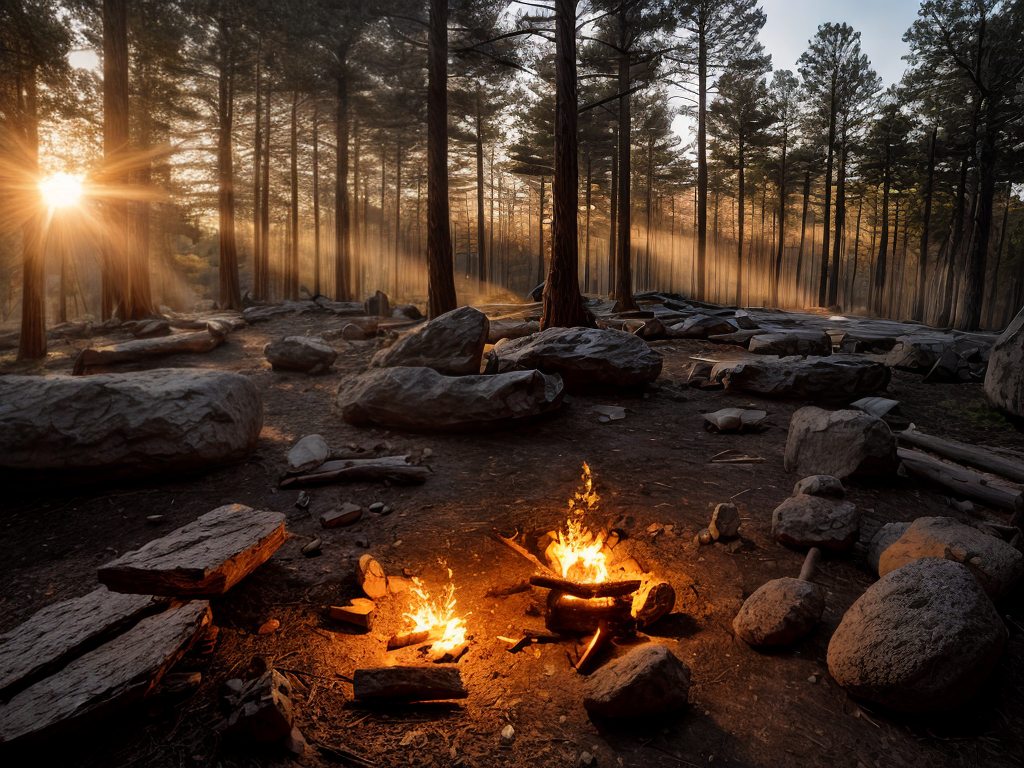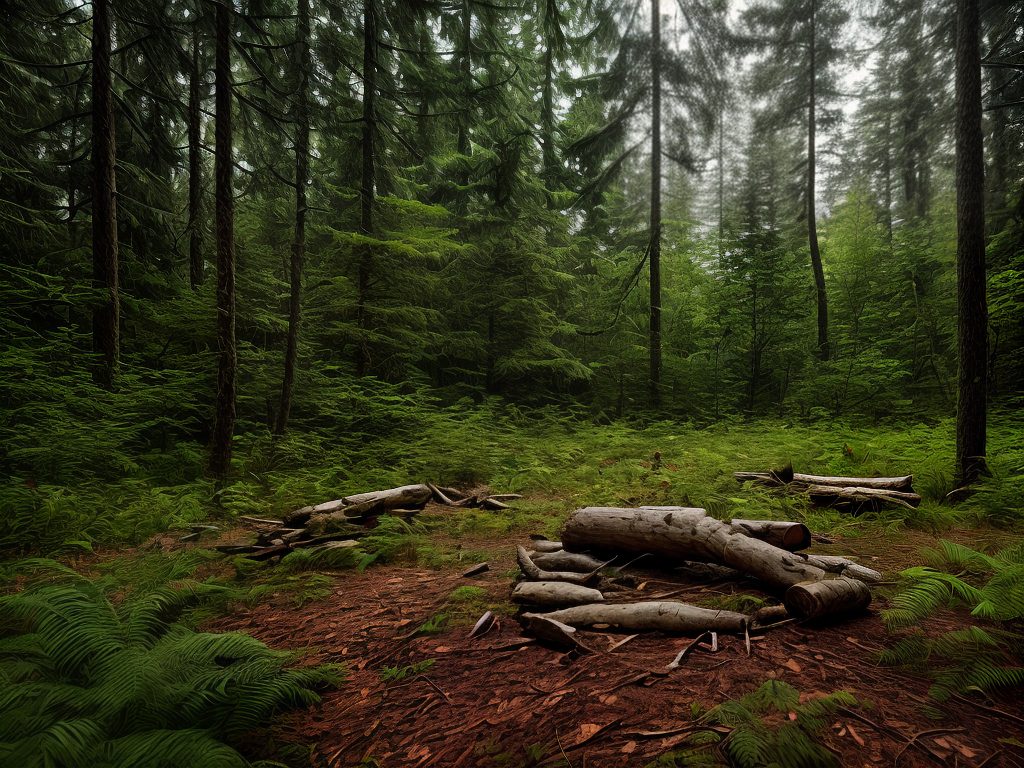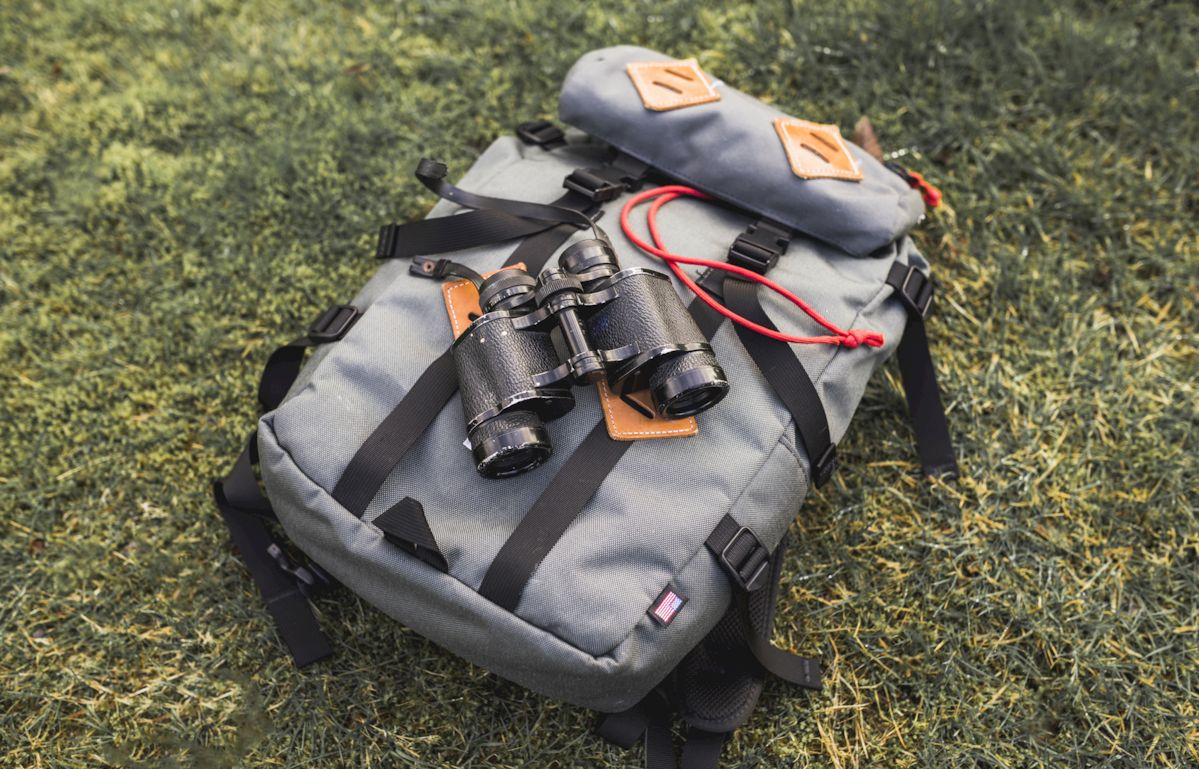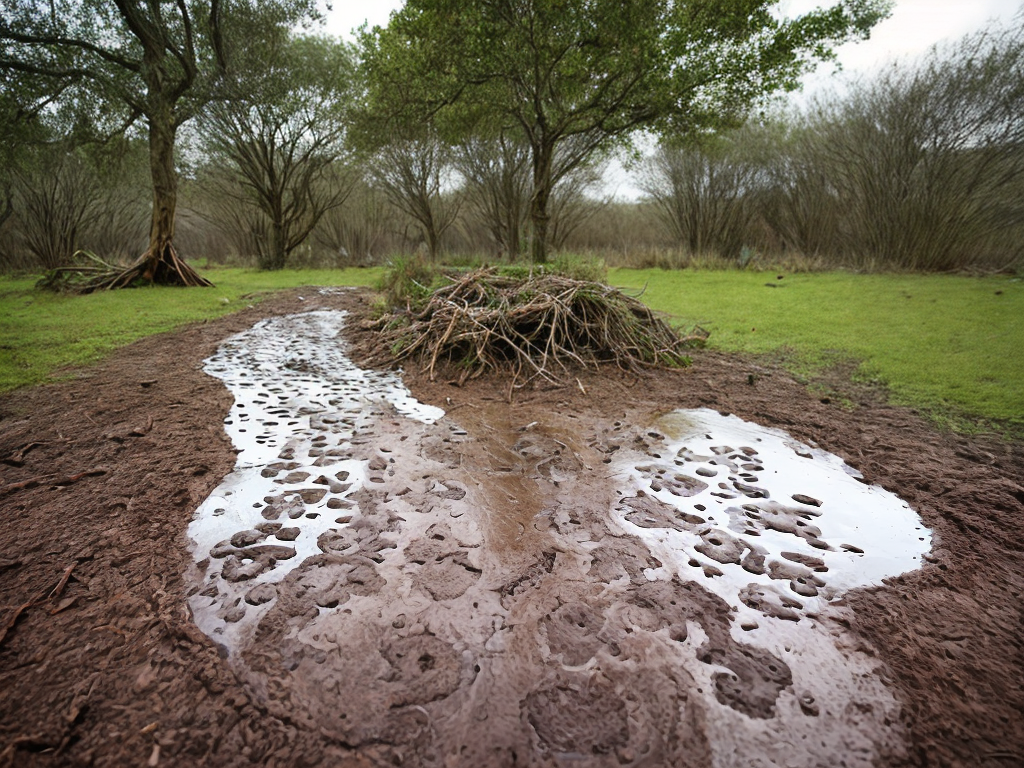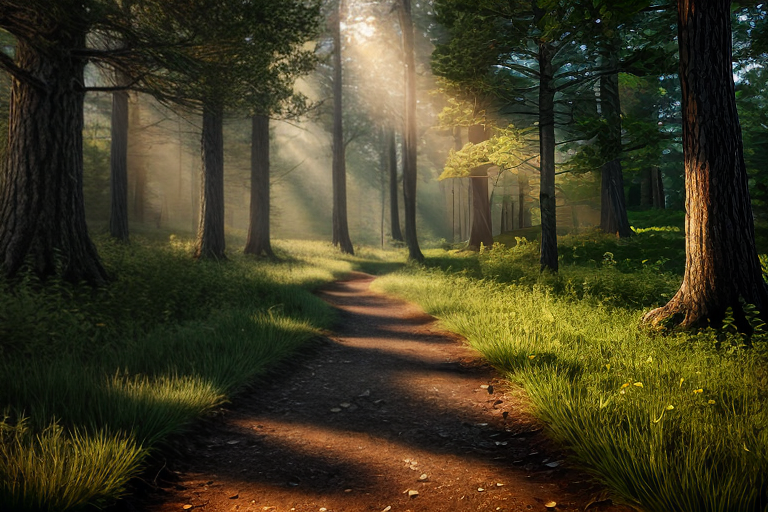
Update:
Exploring the world of wild edible plants that possess medicinal properties is a fascinating subject that combines the art of foraging with the benefits of natural medicine. We will delve into the importance of properly identifying wild food, edible plants, and medicinal herbs.
It is crucial to distinguish between safe-to-consume plants and potentially toxic one’s, and we will provide clear guidelines and tips for identifying wild plants.
By doing so, readers can gain the confidence to forage for wild edible medicinal plants.
It is worth exploring the historical and cultural significance of foraging for herbs. Indigenous cultures have relied on these plants for centuries, using them to effectively treat various ailments.
Click here to learn more Survival Tips from Pro Outdoor Survival
Where to Find Edible Plants
When it comes to discovering wild edible food, there is a whole world waiting to be explored, full of possibilities and flavors just waiting to be uncovered. Nature provides us with an abundance of nutritious and delicious options, if only we know where to look.
In this section, we will continue to reveal some unique and lesser-known locations where you can find forageable plants, without venturing too far from home.
One interesting aspect to consider is urban foraging.
Many cities have hidden pockets of greenery that are rich with wild edible plants. These urban oases can be found in parks, gardens, abandoned lots, and even roadside verges.
Exploring these unexpected natural spaces not only allows you to connect with nature, but it also encourages sustainable living and reduces food waste. With a few tips for foraging and recipes utilizing wild plants, you can navigate the concrete jungle in search of edible treasures and develop invaluable foraging skills.
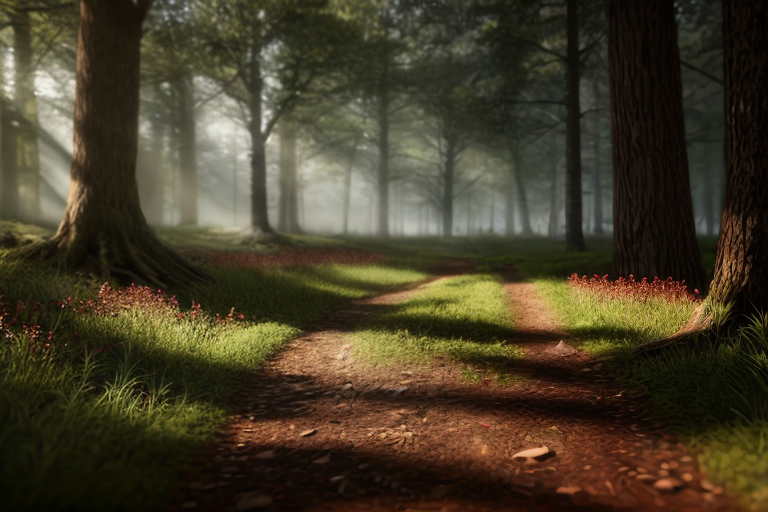
Techniques for Foraging Wild Plants
Foraging for wild plants is an ancient skill that takes you on an enthralling journey into the natural world. With the right knowledge and approach, you can discover a wealth of wild plants that have various uses, including cooking.
One crucial aspect of this skill is being able to identify edible plants.
Understanding the characteristics and habitats of different plant species is crucial for distinguishing them from toxic one’s.
To refine this expertise, it is recommended to use a reliable field guide or seek advice from an experienced mentor.
Timing is also essential in successful foraging.
Each plant has its own growing season, and knowing when and where to find them is crucial. Some plants may only be available at specific times of the year, while others flourish after rainfall or in certain soil types.
By familiarizing yourself with these patterns, you can greatly increase your chances of successful foraging.
Foraging for Wild Plants
- Each plant species has unique characteristics and habitats that can help in identifying them as edible or toxic.
- Using a reliable field guide or seeking advice from an experienced mentor can greatly enhance your ability to identify edible plants.
- Timing is crucial in successful foraging as different plants have specific growing seasons.
- Some plants thrive after rainfall or in certain soil types, so understanding these patterns can increase your chances of finding them during the right conditions.
Identifying Edible Plants in the Wild
In the realm of wild plant harvesting, embarking on a thrilling adventure to find wild edible food can lead you to a vast array of plants. These natural treasures possess a multitude of uses, from cooking to medicinal purposes.
Equipping yourself with the knowledge of plant uses is essential for any foraging enthusiast.
It is equally important to arm yourself with the right equipment, such as a reliable field guide and proper tools.
These tools will assist you in identifying the various wild plant species and enhance your ability to differentiate between edible and toxic plants. To further refine your skills, consider enrolling in courses or joining immersive expeditions.
Learning about wild food preservation techniques will allow you to savor the bounty of nature’s pantry long after your adventures. Mastering the identification of plants and understanding medicinal plants identification will truly unlock the wonders.
Health Benefits of Foraging Medicinal Plants
Engaging in the practice of foraging medicinal plants not only offers a chance to explore natural remedies but also allows us to connect with the healing power of nature. By immersing ourselves in the natural environment and discovering the medicinal properties of wild plants, we can develop a deeper appreciation for the interconnectedness of all living beings.
In addition to the mental and emotional benefits, foraging for wild edible food can also provide a physically demanding activity that improves cardiovascular health and strengthens muscles.
It is important to have a thorough understanding of plant identification and safety when participating in these gathering techniques.
Foraging Medicinal Plants
- Foraging medicinal plants allows us to discover natural remedies that have been used for centuries.
- Engaging in the practice of foraging connects us with the healing power of nature and promotes a sense of well-being.
- Exploring the medicinal properties of wild plants deepens our understanding of the interconnectedness of all living beings.
- Foraging for wild edible food not only provides mental and emotional benefits but also improves cardiovascular health and strengthens muscles through physical activity.
Essential Tools for Successful Foraging
Are you passionate about foraging or interested in exploring the world of wild edible food and medicinal plants? If so, this article is perfect for you! Here, we will discuss the necessary tools that are vital for successful foraging experiences.
One item that should always be present in your foraging kit is a reliable compass.
When embarking on plant-hunting adventures, its crucial to have a sense of direction.
A compass will assist you in navigating through unfamiliar terrains and ensuring a safe return.
Take the time to familiarize yourself with how to utilize a compass before starting your foraging journeys.
Another indispensable tool is a sturdy backpack or foraging bag.
You will require a dependable and spacious bag to carry the plants and mushrooms you discover during your foraging excursions. Search for a lightweight bag with multiple compartments to keep your findings organized.
Dangers and Safety Precautions in Foraging
Did you know that accurately identifying the plants you intend to gather is crucial to avoid severe consequences? Misidentification of plants is one of the main dangers in gathering wild edible food and medicinal plants. While some plants may look similar to edible one’s, they can be toxic or even deadly.
To ensure your safety, it is essential to thoroughly research and educate yourself about the plants in your foraging area.
Seeking guidance from experienced foragers or experts in the foraging community can also be beneficial in avoiding this risk.
Remember, knowledge is key when it comes to gathering wild food and medicinal plants. Stay safe and happy foraging on your next wild plant expedition as you explore the diverse habitats and enrich your foraging education within the foraging community. .
Supporting Facts about Gathering Wild Edible Food and Medicinal Plants
- Misidentification of plants can lead to severe consequences
- Some plants that look similar to edible one’s can be toxic or deadly
- Thorough research and education about the plants in your foraging area is essential for safety
- Seeking guidance from experienced foragers or experts can help avoid the risk of misidentification
Preparing and Cooking Wild Edible Plants
Foraging for wild edible plants is more than just a hobby; its an exhilarating wild food discovery that takes you on exciting adventures. Exploring the abundance of nature’s pantry not only allows you to connect with the earth but also opens up a world of culinary possibilities.
But before you embark on your wild plant expedition, it is crucial to have a good understanding of plant identification and safety.
By using wild plant identification apps or joining foraging groups, you can ensure that you distinguish between edible and poisonous plants while learning about the uses and preservation methods of these marvelous gifts from nature.
let’s dive into the exciting realm of edible plant preparation and uncover the untapped potential of these incredible offerings from nature.
Foraging Courses and Workshops for Beginners
Foraging courses and workshops for beginners offer a unique and educational experience for those interested in sustainable food sources, plant healing properties, or simply reconnecting with nature. These courses provide interactive demonstrations and group activities to reinforce learning, allowing participants to taste and prepare wild edible food and create natural remedies using medicinal plants.
The safety of participants is paramount in these courses, as they are taught how to properly identify plants and distinguish between edible and poisonous species.
Ethical foraging practices are also emphasized, ensuring minimal impact on the environment and respect for the natural balance of ecosystems.
Immerse yourself in the natural world and discover the abundance of wild edible food and medicinal plants that surround us through foraging courses and workshops for beginners.
Foraging Courses and Workshops
- Foraging courses and workshops provide a unique and educational experience for beginners.
- Participants in these courses learn about sustainable food sources and plant healing properties.
- Interactive demonstrations and group activities are included in these courses to reinforce learning.
- Foraging courses emphasize the importance of proper plant identification and ethical foraging practices.
Primitive Skills Mastering Survival Crafts
Survival Gardening Essential Seed Saving



